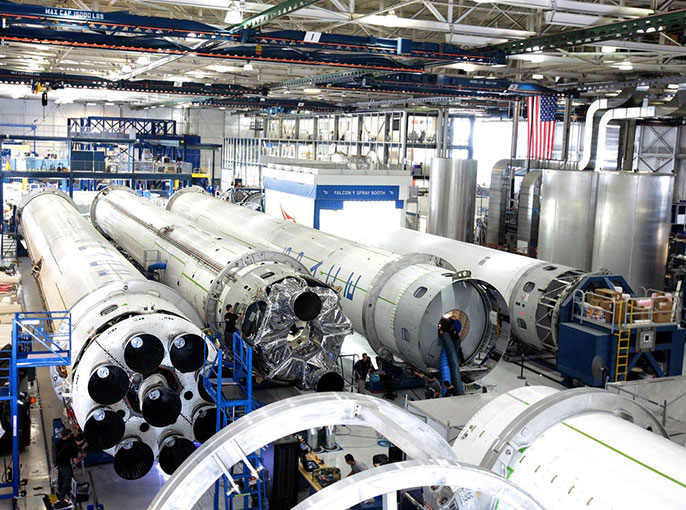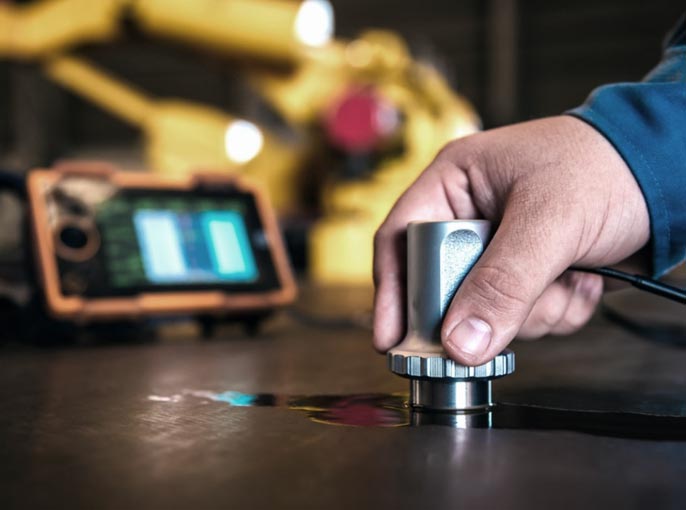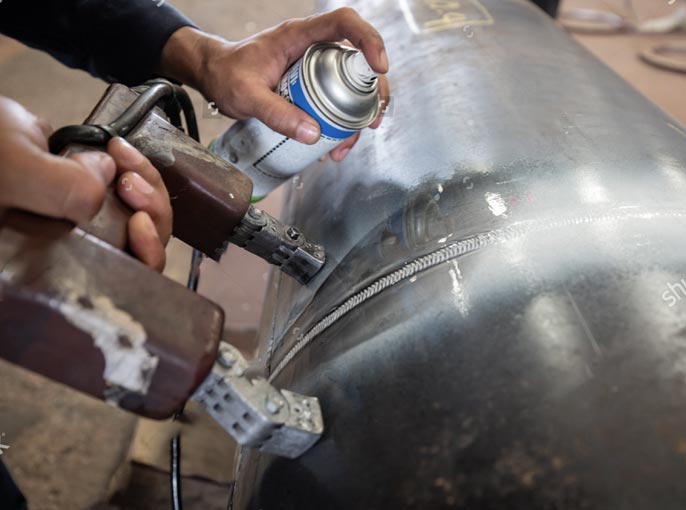Phased Array Ultrasonic Testing (PAUT) & Time of Flight Diffraction (ToFD) is an advanced non-destructive testing method used for weld inspection.
Phased Array Ultrasonic Testing (PAUT)
Phased array technology is the ability to modify electronically the acoustic probe characteristics. Probe modifications are performed by introducing time shifts in the signals sent to (pulse) and received from (echo) individual elements of an array probe. Any UT technique for flaw detection and sizing can be applied using phased array regular probes and DMA (Dual Matrix Array) probes.
A phased array probe is made up of multiple small ultrasonic transducers, each of which can be pulsed individually. By varying the timing of the pulse of each individual transducer, the ultrasonic beam can be ‘steered’ to a specific angle and focal distance – i.e. the beam can be swept through the examined object.
Time of Flight Diffraction (ToFD)
ToFD is now becoming a standard technique for both power generation and petrochemical industries. ToFD is simply a procedure that uses two probes in pitch and catch mode.
A pair of ultrasonic probes is placed on opposite sides of the weld or tested item. One of the probes acts as a transmitter and sends out an ultrasonic pulse that is picked up by the other probe which is the receiver. With an undamaged item, the signals picked up by the receiver probe are from two waves – one wave that travels along the surface (lateral wave) and one that reflects off the far wall (back wall reflection). If there is a flaw, such as crack, there is a diffraction of the ultrasound pulse from the tips of the crack. By measuring the time of flight of the pulse, the depth of the crack can be calculated by trigonometry.
Applications
PAUT & ToFD are usually used for the inspection of critical structural metals, pipeline welds, aerospace components, and similar applications where the additional information supplied by PAUT & ToFD is valuable. However, realistically, there is no "typical application" for phased arrays. PAUT & ToFD are very flexible and can address many types of problems. Consequently, ultrasonic PAUT & ToFD are being used in a wide variety of industries, where the technology has inherent advantages.
These industries include aerospace, automotive, nuclear power, steel mills, pipe mills, petrochemical, pipeline construction, general manufacturing, construction, and a selection of special applications.
Test Standards:
ASTM International
ASTM A388, A435, A609, A898,E114 E164, E213, E273, E317, E428, E494, E587, E1065, E1901, E1961, E797, E2192, E2223, E2700, E2373, E2375
American Society of Mechanical Engineers
ASME SEC I, III, V, VIII, IX, B31.1, B31.3, B31.9
American Petroleum Institute
API 650, 1104
American Welding Society
B2.1, D1.1, D1.2, D1.3, D1.4, D1.5, D1.6, D1.9, D14.1. D17.1, D17.2
Let’s Connect
NDT. Non-Destructive Testing. That’s our Core Business. That is our Only Business. We live it, We breathe it. We are dedicated to it. Let us use NDT to take your business to new heights.








